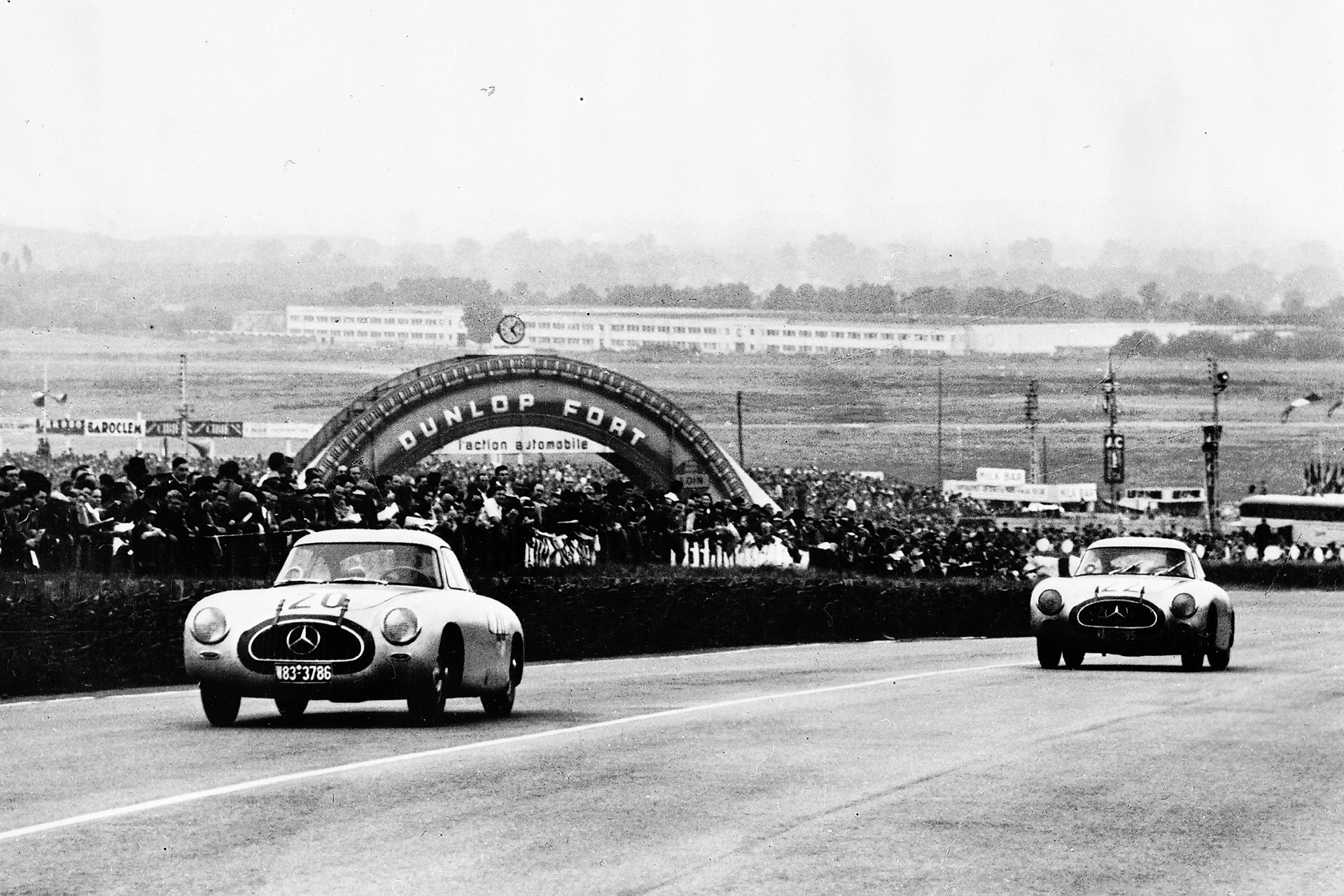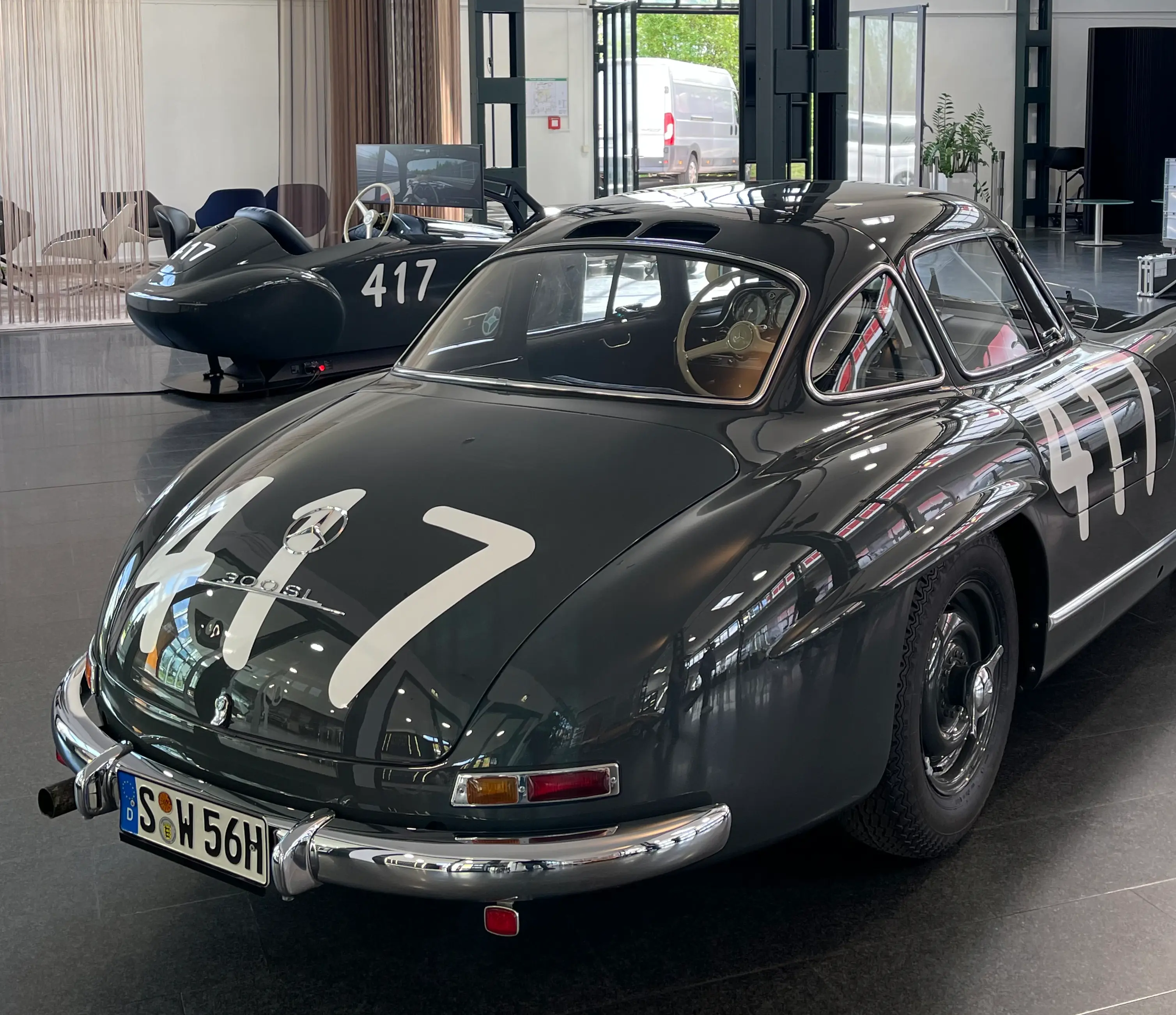Mercedes-Benz: A Timeless Racing Legacy
19 October 2024 12 min read 10 images

Photo credit: Mercedes-Benz
The history of Mercedes in racing is as extraordinary as it is long and varied. Roarington offers today a summary of an adventure that could fill books. The Mercedes name first appeared at the top of the leaderboard in 1901, at a refined and fashionable location on the French Riviera, where the most important international motor race of the time took place: the "Semaine de Nice," dominated by the Mercedes 35 HP driven by Wilhelm Werner. The automobile had become a reality, and some events stood out over others: the famous Gordon-Bennett Cup was one of these, and in 1903, a 60-horsepower Mercedes Simplex claimed victory, dethroning the French, who had always won before.
Register to unlock this article
Signing up is free and gives you access to hundreds of articles and additional benefits. See what’s included in your free membership. See what's included in your free membership.
Already have an account? Log In
